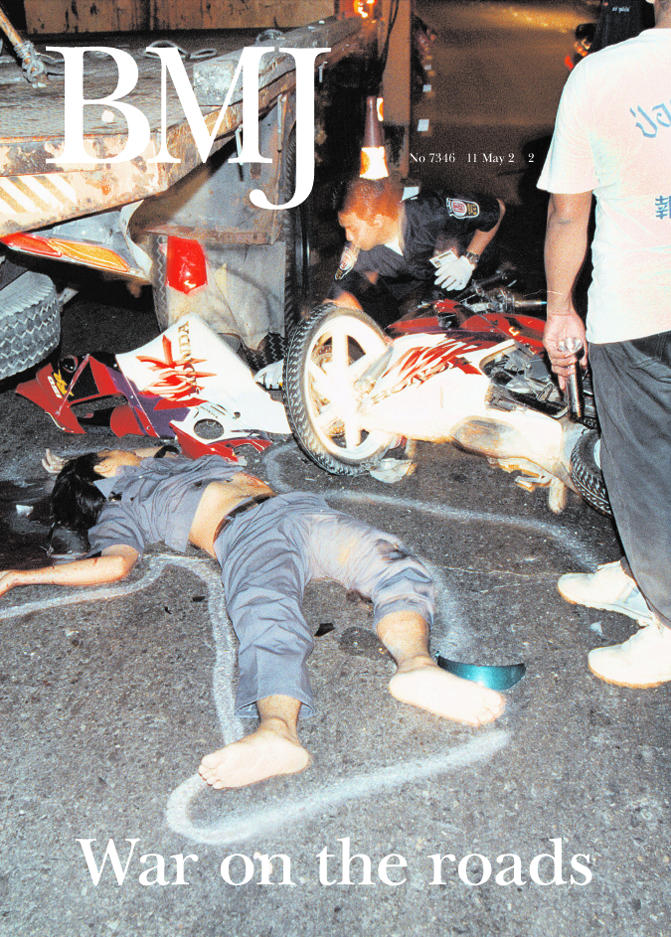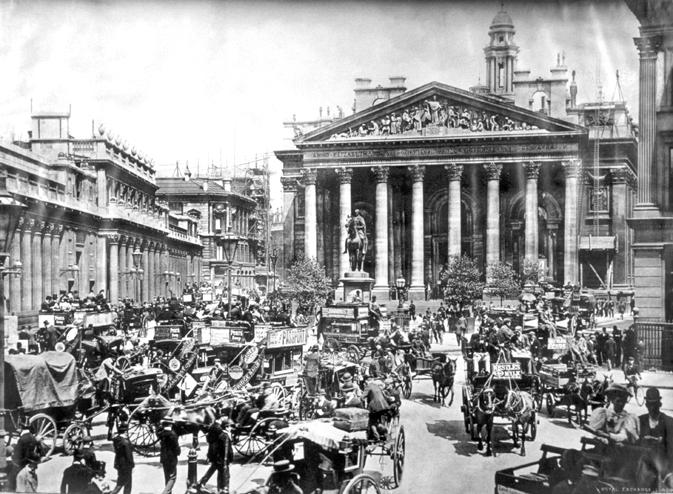Editor—The articles about war on the roads in the journal of 11 May1 have given prominence to the plight of vulnerable road users and the need to return the streets to the people in poorer countries.2 They have given less prominence, however, to similar needs in developed countries. 
The United Kingdom has for many years had one of the best records in the world for reducing road traffic crashes. The one big anomaly has been in accidents to pedestrians. Steady progress has been made in reducing deaths and injuries to child pedestrians since the early 1970s, but the country is still placed only 15th out of the 29 countries listed in the most recent edition of Road Accidents Great Britain 2000.3
The reason for its poor position lies mainly with the design of the urban environment. Although some good progress has been made—most notably with the development of “home zones”4—the United Kingdom still falls a long way behind its European neighbours in making its urban environment safe for children.
Some 20 years ago we described the enlightened approach being taken by the Scandinavians and the Dutch in creating urban environments that were friendly to vulnerable road users.5 The Dutch had “living streets,” while the Scandinavians had mini village complexes with walkways and cycleways, green belts, play spaces, crèches, and shops all within easy and pleasant access (free of motor vehicles) of the residential areas.
In contrast, the United Kingdom has continued to build tightly packed housing estates with fast moving vehicles and potential walkways and cycleways blocked off for security reasons. It has signs saying “no ball games” on the sparse green areas and playgrounds sited out of sight. No wonder our children spend most of their time watching television. When they come out to play they face a hostile environment.
If we are to make further progress in reducing the high pedestrian death and injury rates we need a major change in attitude from our politicians, planners, and developers. We need to give top priority to vulnerable road users and severely restrict motorists in all urban areas. We need some enlightened planning to redesign and rebuild all our depressed urban areas in a way that may prove more cost beneficial than all the other remedial measures put together. Only then can we change our position in the middle rankings of pedestrian safety to somewhere near the top.
References
- 1. Editor's choice: Toxic complacency. BMJ 2002;324. (11 May.)
- 2.Tiwari G. Returning streets to the people. BMJ. 2002;324:1164. . (11 May.) [Google Scholar]
- 3.Department for Transport, Local Government and the Regions. Road accidents Great Britain 2000. London: DTLGR; 2000. [Google Scholar]
- 4.Biddulph M. Home zones: a planning and design handbook. London: Policy Press; 2001. [Google Scholar]
- 5.Avery JG, Avery PJ. Scandinavian and Dutch lessons in childhood road traffic accident prevention. BMJ. 1982;285:621–626. doi: 10.1136/bmj.285.6342.621. [DOI] [PMC free article] [PubMed] [Google Scholar]



